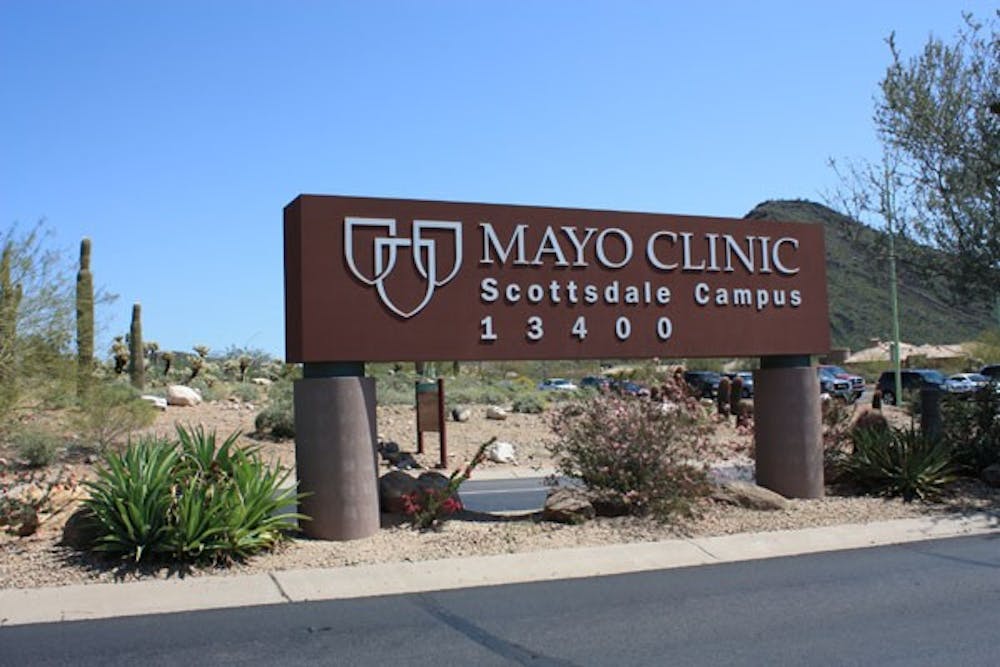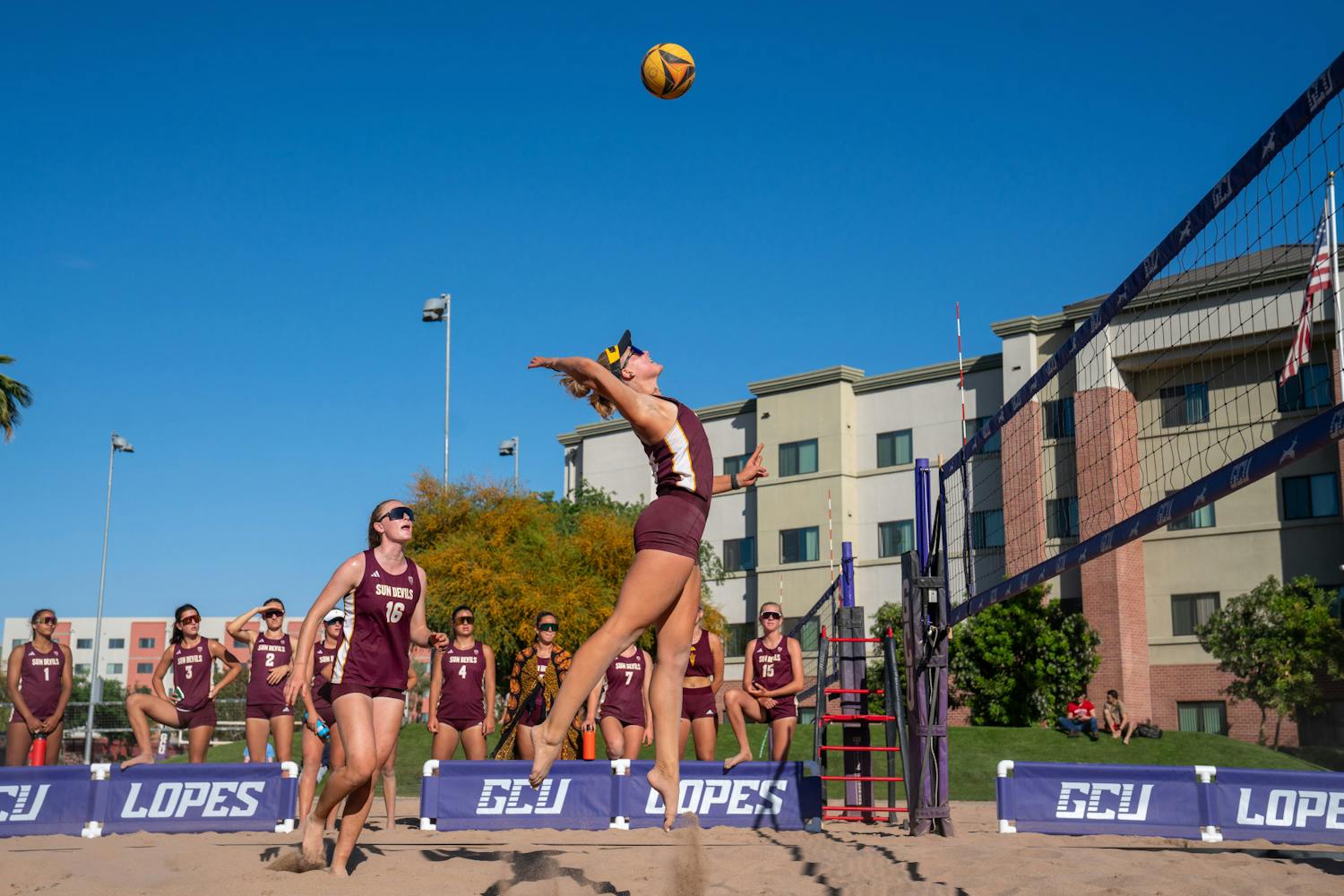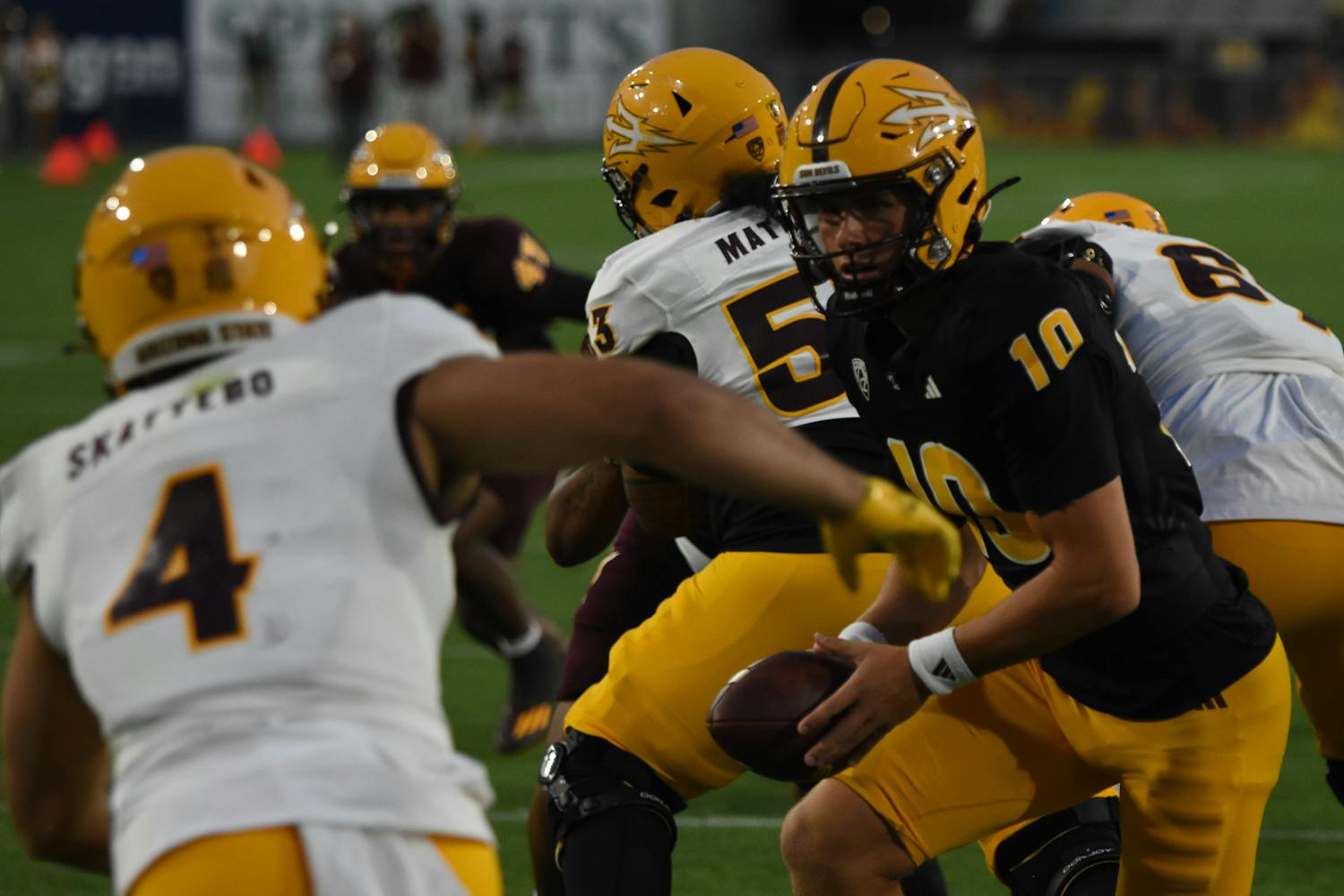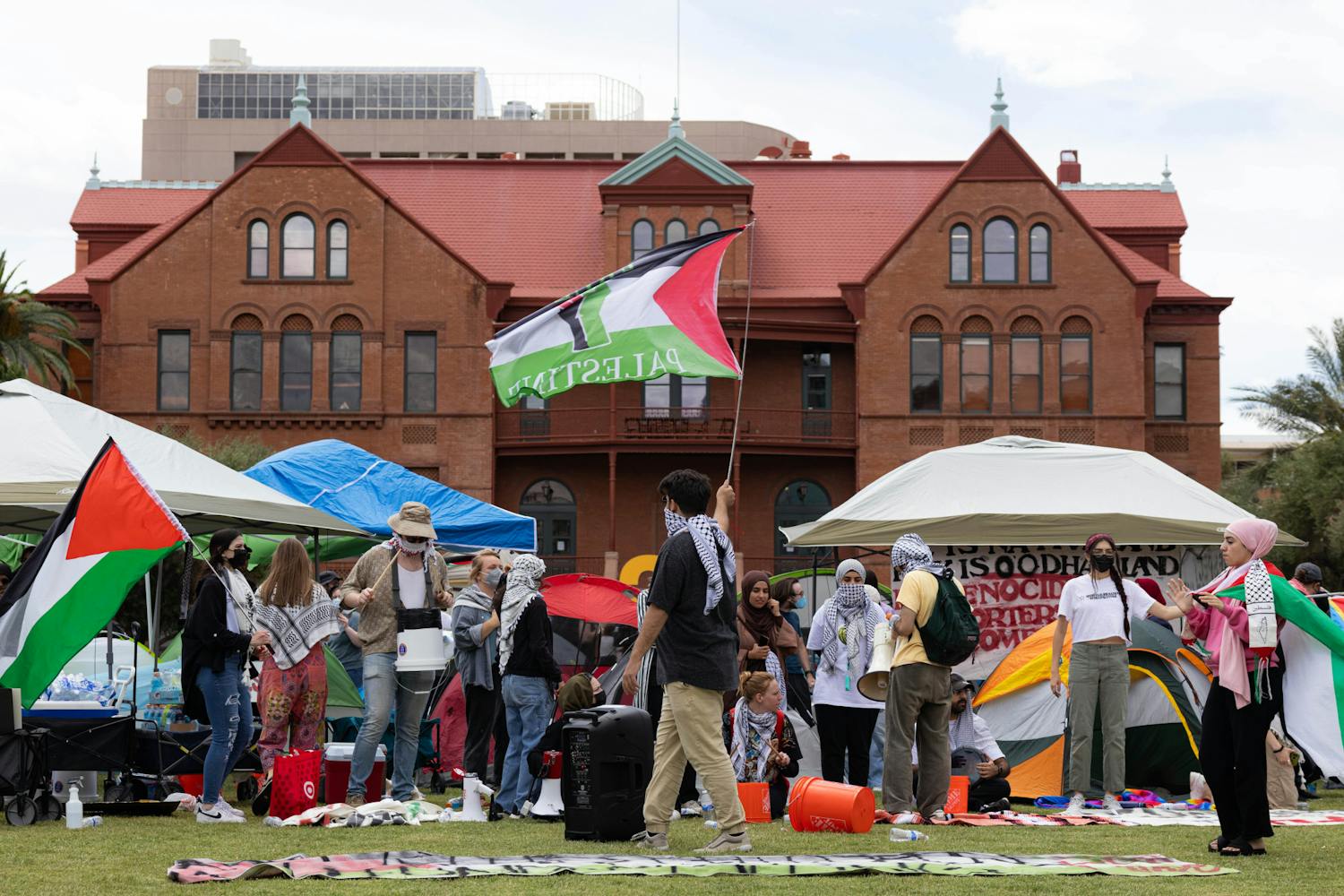The University and doctors at the Mayo Clinic in Scottsdale are joining forces to develop new technologies to help combat cancer.
The partnership is taking new approaches to cancer treatment, including medical imaging scans that could detect cancer so researchers can develop a vaccine.
Researchers have been using imaging technology called computed tomography to find early warning signs of the disease. New CT scans allow for a 3-D scan of the body that is more powerful than an X-ray. The scans can identify cancer in its early stages, down to individual cells.
The Biodesign Institute on the Tempe campus began collaborating with the Mayo Clinic in February 2007 to create a vaccine that would stop the development of breast cancer at a cellular level.
Joe Caspermeyer, spokesman for the Biodesign Institute, said results will not be available until the study is published.
“Generally, the project is about a vaccine for cancer,” he said, which is the second leading cause of death in the U.S.
Researchers want to develop new strategies to attack cancer, like taking a shot for influenza.
“Can we treat cancer the same way we treat infectious diseases?” he said.
The project received nearly $9 million in funding for the cancer vaccine from the Department of Defense Innovator award and the WM Keck Foundation, he said.
“There has been a tremendous amount of (cancer research) activity at ASU,” he said. “There have been some improvements in treatment strategies.”
Some of these include new therapeutic treatments, working with genomes, and imaging technology, he said.
Tricia Carrigan, assistant research professor at Biodesign, is the program manager for cancer initiatives in the Center of Innovation in Medicine.
“Right now all of our funding is for breast cancer,” she said. “But maybe some of the targets found in breast cancer overlap with other cancers.”
The Mayo Clinic has been supplying the Biodesign with tumor samples for their research, she said.
“We are looking for markers (in the tumor samples) that may be potential vaccine candidates,” she said.
Researchers are also looking for mutations that are not found in normal tissues, but are concentrated in tumor tissues, she said.
If those markers and mutations are identified, researchers will begin preventive studies for a cancer vaccine, she said.
The Biodesign Institute is still working to identify targets and will soon validate its studies in mice. If those are successful, the team would start a clinical study on humans, she said.
“We’re about two to three years away from a clinical study, if everything works out,” she said. “Science is slower than we want it work.”
Carrigan said innovative processes are being applied to try and prevent cancer.
“We are currently losing the war on cancer,” she said. “If successful, it’s through innovation that there would be progress towards fighting cancer.”
Reach the reporter at mmbarke1@asu.edu





